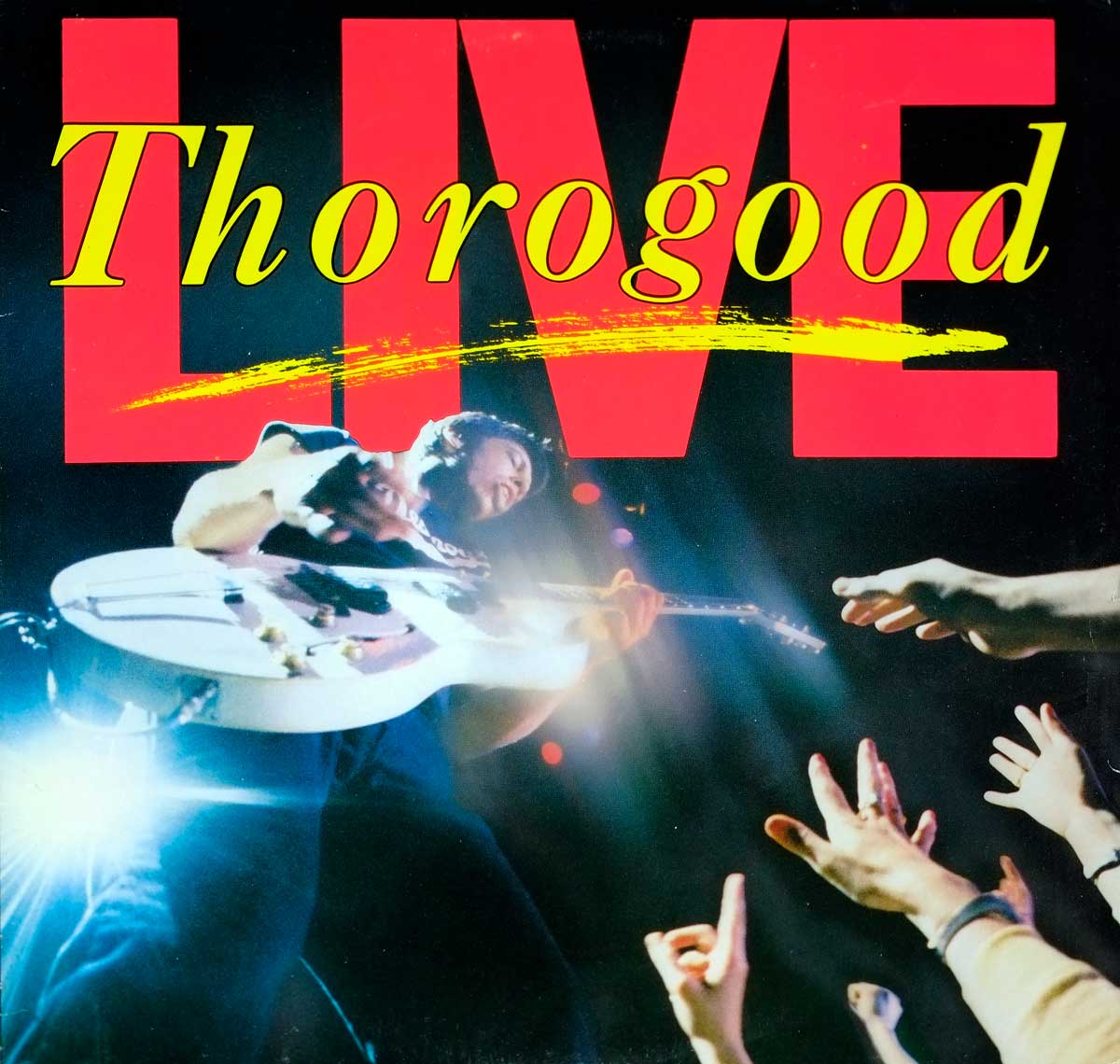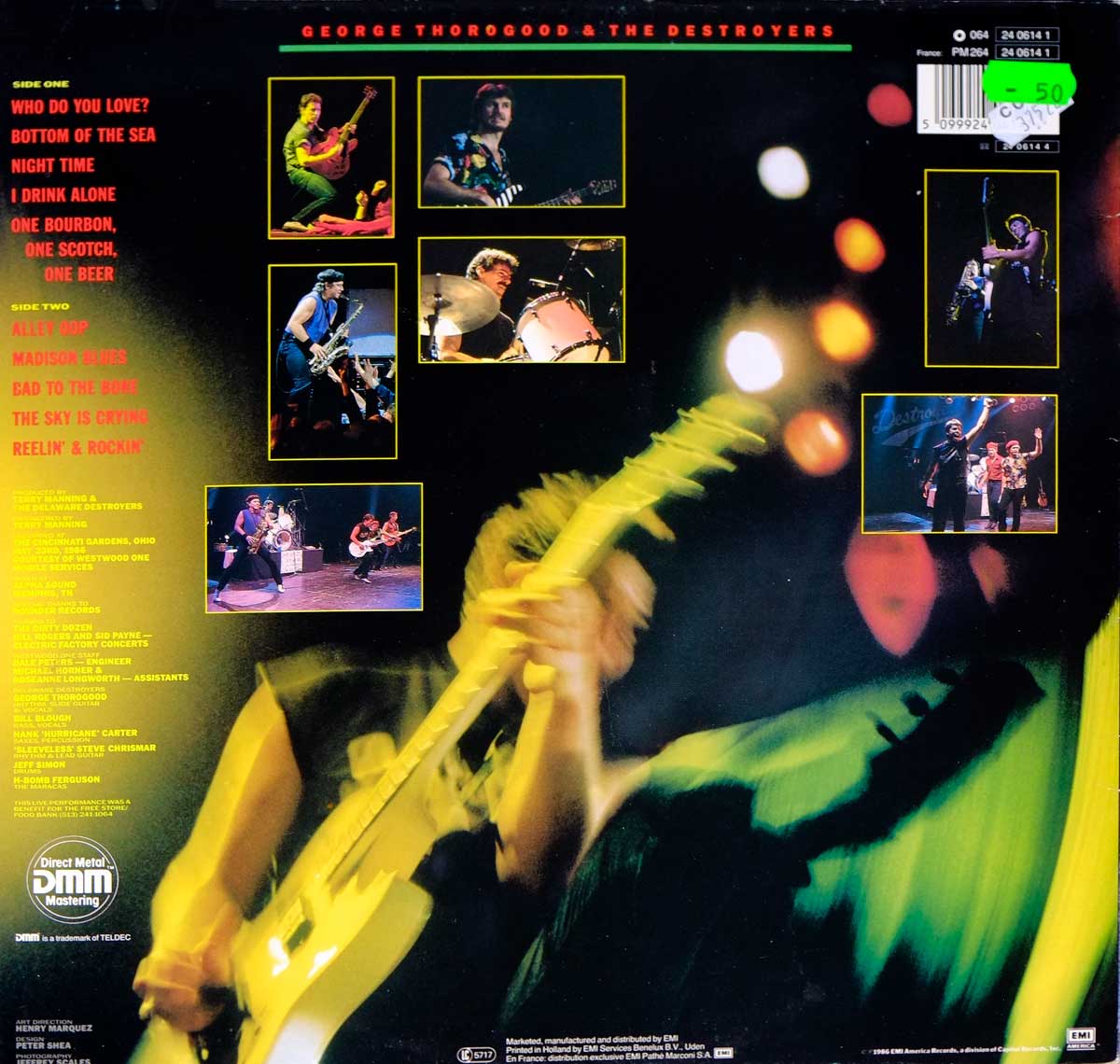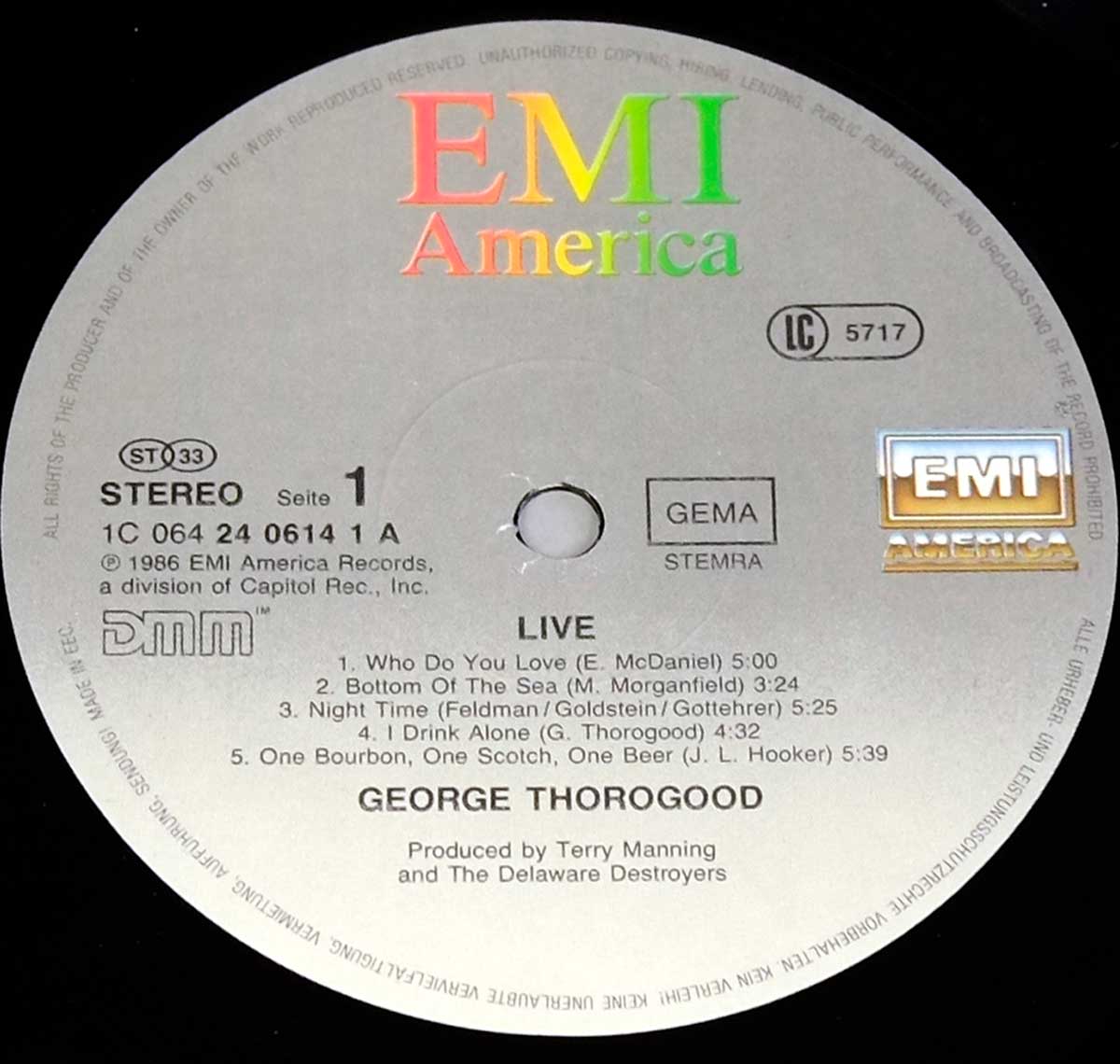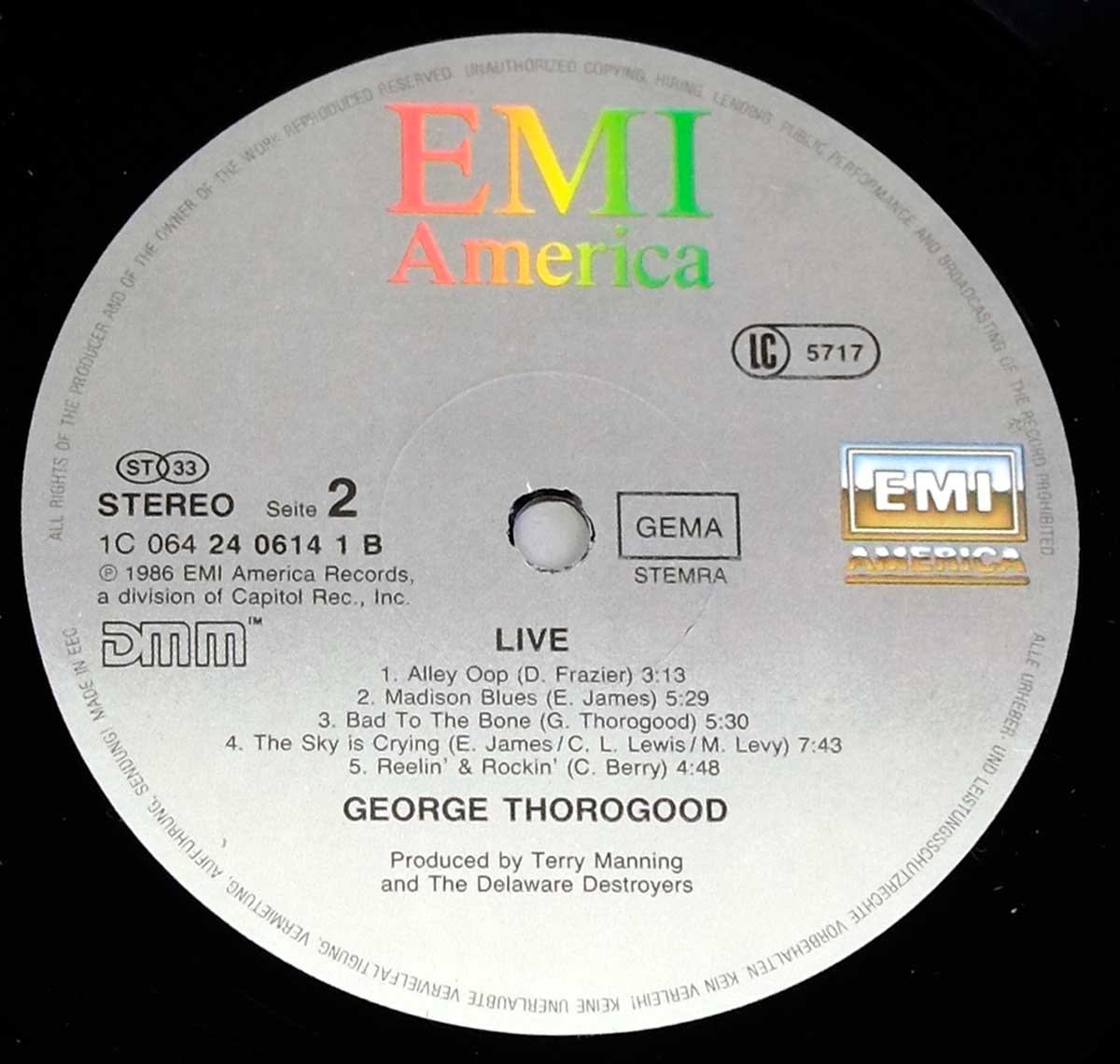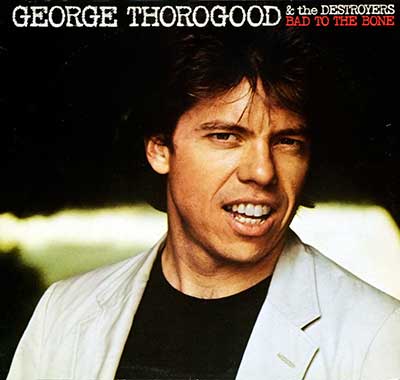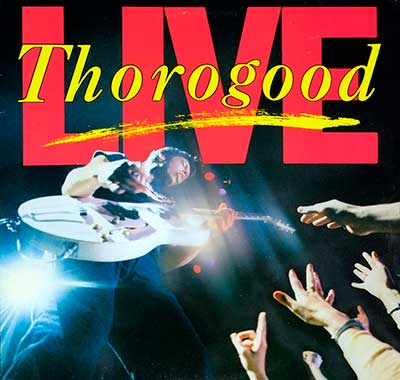Album Description: A Live Slice of Barroom Thunder
George Thorogood & the DestroyersÕ 1986 live album was more than a concert documentÑit was a defiant middle finger to the sleek polish of Ô80s mainstream rock. While bands were flocking to synthesizers and studio gimmickry, Thorogood doubled down on the bare-knuckle energy of greasy slide guitar and backroom blues. ÒLiveÓ is the sound of barroom sweat turned up to eleven and frozen on vinyl, an anti-glamour statement forged in volume and velocity.
Historical Context: Back to the Barrooms
By 1986, George Thorogood was already a household name in blues rock circles. His previous albumsÑÒBad to the BoneÓ most notablyÑhad propelled him into a quasi-mainstream space. But where MTV wanted polish, Thorogood stuck to the rawness of Chuck Berry and Elmore James. ÒLiveÓ emerged in the era of Reaganomics, big hair, and arena rockÑyet ThorogoodÕs sound came from a different world. It was a whiskey-stained counterpoint to all that gloss. He toured relentlessly, playing hundreds of shows per year, and this album is the distillation of that road-tested force.
Musical Exploration: Loud, Loose, and Lethal
The album kicks off with Bo DiddleyÕs ÒWho Do You Love?ÓÑa statement of intent. The groove is tribal, the slide guitar snarling. From there, Thorogood plows through barroom boogies (ÒMadison BluesÓ), slow-burning heartbreakers (ÒThe Sky Is CryingÓ), and his signature drinking epics (ÒOne Bourbon, One Scotch, One BeerÓ). What separates this live record from so many others is its commitment to energy over perfection. ItÕs not tight; itÕs taut. Not clean; itÕs alive.
The bandÑDelaware Destroyers to the boneÑplay like they've been doing this in smoke-filled clubs since the dawn of time. Billy BloughÕs bass is pure locomotion, Jeff SimonÕs drums donÕt swing so much as stomp, and Hank CarterÕs saxophone screams like a man left outside the bar. This isnÕt experimentationÑitÕs excavation, digging through rockÕs basement for the rawest cuts.
Genre and Identity: Blues Rock in Its Purest Form
Blues rock is a vague label, but Thorogood made it concrete. No fusion. No jazz. No psychedelic excursions. Just blues filtered through a rock and roll engine. ÒLiveÓ embodies this purityÑlean, loud, and unapologetically derivative. But itÕs in the delivery where Thorogood shines: he doesnÕt just cover John Lee Hooker or Jimmy ReedÑhe body-checks them into 1986 and makes them snarl all over again.
Production Team and Recording Studio
The album was produced by Terry Manning, a veteran with ears sharp enough to capture the grit without losing the groove. Manning had worked with everyone from Led Zeppelin to ZZ Top, and here, he strips away the studio niceties, aiming for something primal. The production feels like a deliberate act of resistance: no overdubs, no trickery. Just tape rolling and the band letting it fly.
The recording was done on tour, with tracks captured during actual performancesÑno re-recordings or studio patch jobs. The audience noise is real. The sweat is real. The flaws? Also real. But that was the point: Manning and Thorogood werenÕt making a product; they were bottling a force of nature.
Controversies: Too Raw for Radio?
Critics were split. Some dismissed ÒLiveÓ as simplistic and repetitive. Others called it a defiant return to rock's essential DNA. Thorogood had always drawn flak for his stylistic narrownessÑbut fans knew that was the whole appeal. No synths, no power ballads, no slick choruses. Just blues, barked and battered into rock form.
There were whispers in the industry that EMI was unsure how to market such a raw product in the era of digital polish. But Thorogood didnÕt care. He wasnÕt aiming for the top of the chartsÑhe was aiming for the back booth of every dive bar in America. And he hit it.
